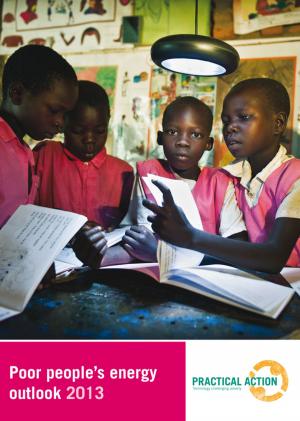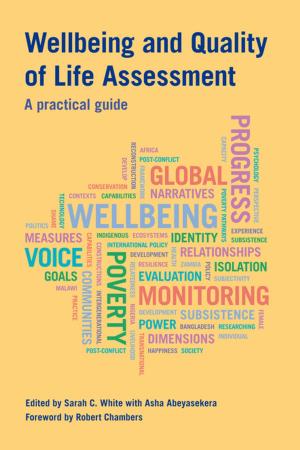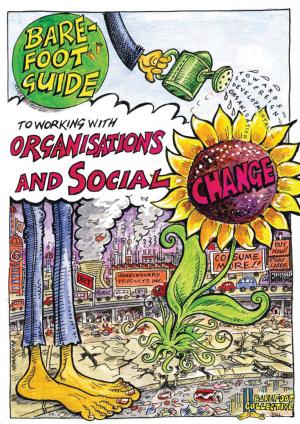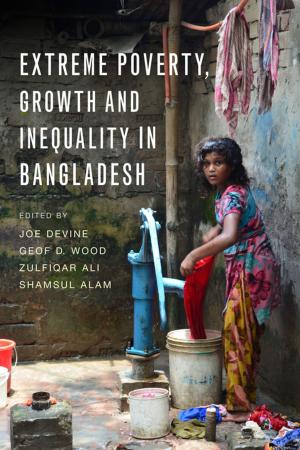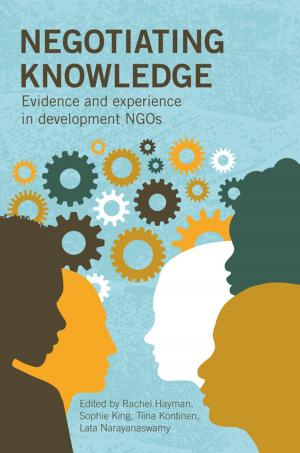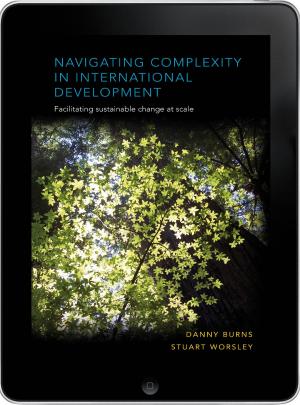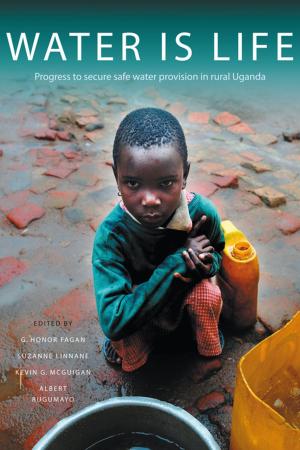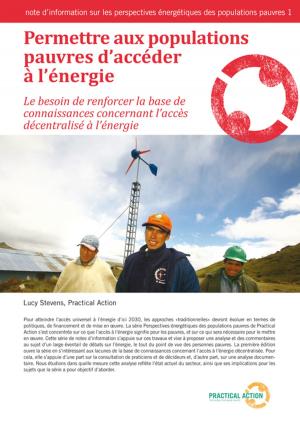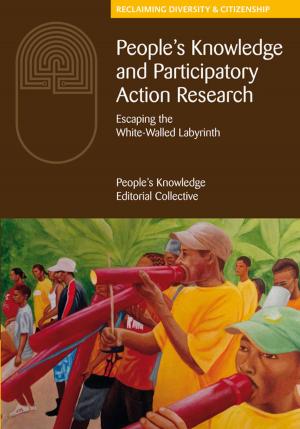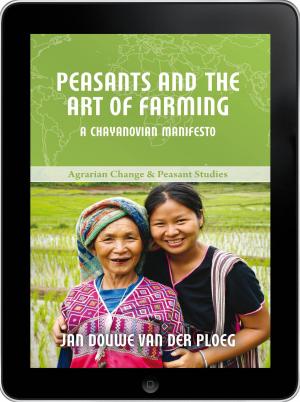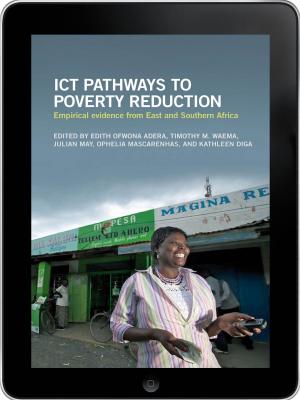Climate Change and Threatened Communities eBook
Vulnerability, Capacity, and Action
Nonfiction, Reference & Language, Reference, Social & Cultural Studies, Social Science| Author: | ISBN: | 9781780447353 | |
| Publisher: | Practical Action Publishing | Publication: | December 15, 2012 |
| Imprint: | Practical Action Publishing | Language: | English |
| Author: | |
| ISBN: | 9781780447353 |
| Publisher: | Practical Action Publishing |
| Publication: | December 15, 2012 |
| Imprint: | Practical Action Publishing |
| Language: | English |
Global climate change disproportionately affects rural people and indigenous groups, but their rights, knowledge, and interests concerning it are generally unacknowledged. Shifts in precipitation, cloud cover, temperature, and other climatic patterns alter their livelihood pursuits and cultural landscapes, accentuating their existing social and economic marginalization. Planners and researchers of climate change mitigation and adaptation must take into account the knowledge and capacity of rural people, and engage them as active participants in the design and governance of interventions.This book documents the capacities and constraints to be encountered among communities facing changing climates. It explores human interactions in environments ranging from subarctic tundra to equatorial rain forest, from oceanic lagoons to inland mountains. It is important reading for policy makers and academics in climate change adaptation, anthropology and development studies.
Global climate change disproportionately affects rural people and indigenous groups, but their rights, knowledge, and interests concerning it are generally unacknowledged. Shifts in precipitation, cloud cover, temperature, and other climatic patterns alter their livelihood pursuits and cultural landscapes, accentuating their existing social and economic marginalization. Planners and researchers of climate change mitigation and adaptation must take into account the knowledge and capacity of rural people, and engage them as active participants in the design and governance of interventions.This book documents the capacities and constraints to be encountered among communities facing changing climates. It explores human interactions in environments ranging from subarctic tundra to equatorial rain forest, from oceanic lagoons to inland mountains. It is important reading for policy makers and academics in climate change adaptation, anthropology and development studies.

